How to Measure Yourself for Men and Women
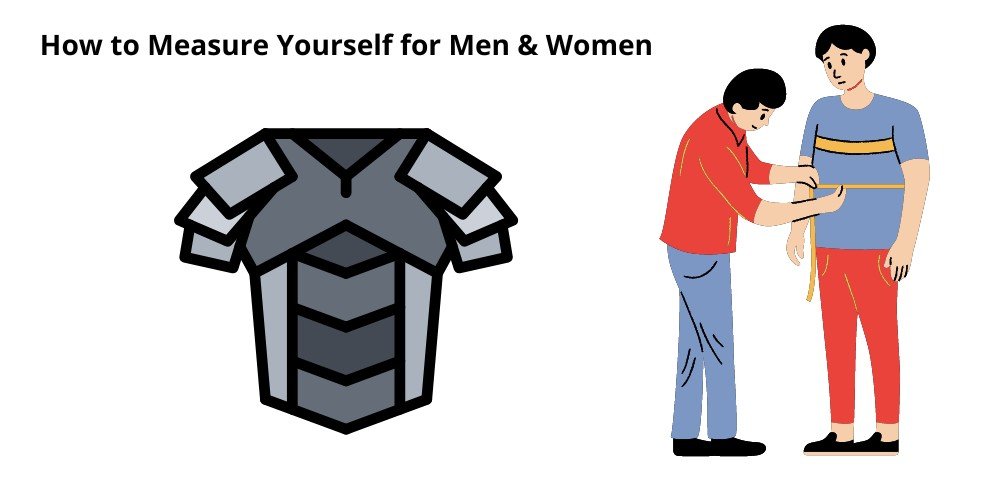
Accurate measurements are crucial when ordering medieval armor to ensure comfort, mobility, and protection. This guide will help you take the necessary measurements for different armor components, using centimeters as the standard unit. If you use inches, convert them to centimeters before proceeding.
Why Precise Measurements Are Essential?
Proper measurements help in selecting the right size, avoiding discomfort, and ensuring that your attire not only looks good but also feels comfortable. Whether you’re purchasing online or having something tailored, accurate measurements are the foundation of a perfect fit.
Tools You’ll Need
- Flexible Measuring Tape: Preferably made of fabric for ease of use.
- Mirror: To ensure the tape is placed correctly.
- Notebook and Pen: To jot down your measurements.
- Assistance: Having someone help you can improve accuracy, especially for hard-to-reach areas.
Tips for Accurate Measurements
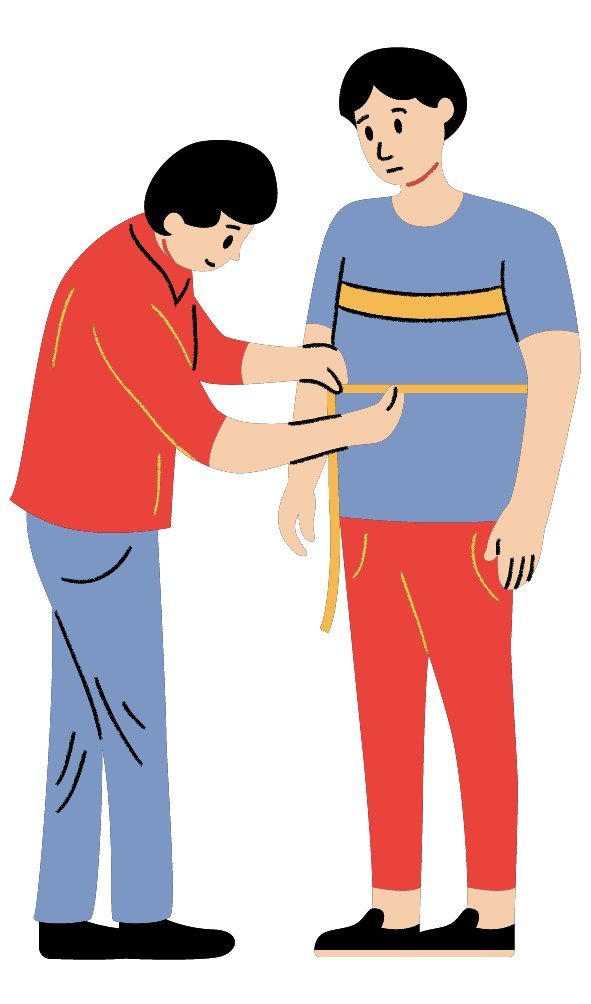
Tips for Accurate Measurements
- Stand Straight: Maintain a natural posture without slouching to ensure accurate measurements.
- Use a Mirror: Helps in keeping the tape level and properly aligned.
- Wear Minimal Clothing: To avoid adding extra inches from bulky garments, wear tight-fitting clothes or measure directly on your skin.
- Take Multiple Readings: For precision, measure each area more than once and use the most consistent value.
- Seek Assistance: Having someone help can improve the accuracy, especially for difficult-to-reach areas.
1. Head Measurements (For Helmets and Helmets with Visors)
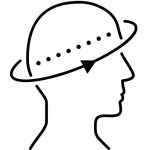
Head Circumference: Measure around your head at the level of your eyebrows. This measurement is vital for ensuring that helmets and visors fit snugly without being too tight.
2. Neck and Gorget Measurements
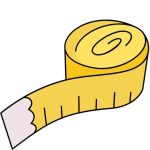
Neck Circumference: Wrap the tape around the middle of your neck. This measurement ensures the gorget (neck armor) fits comfortably without restricting movement.
3. Torso Measurements (For Breastplates, Backplates, and Cuirasses)
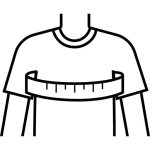
- Chest Circumference: Measure around the widest part of your chest, ensuring the tape is level across the back. This is critical for breastplates.
- Waist Circumference: Find the narrowest part of your waist and measure it. This will ensure the armor fits snugly around your midsection.
- Full Torso Length: Measure from the base of your neck to your waist, following the curve of your body. This is essential for cuirasses and breastplates.
4. Shoulder and Arm Measurements (For Pauldrons, Arm Armor, and Gauntlets)

- Shoulder Width: Measure from the base of your neck to the end of your shoulder. This is important for the fit of pauldrons (shoulder armor).
- Arm Length: Start at the outer shoulder point and measure down to your wrist along the outside of your arm. This ensures that arm armor and vambraces fit correctly.
- Bicep Girth: Measure around the widest part of your upper arm. This is crucial for any upper arm armor.
- Elbow Girth: Take a measurement around the widest point of your elbow. This ensures comfort and mobility for arm armor.
- Forearm Girth: Measure the thickest part of your forearm, just below the elbow. This is key for fitting vambraces and other forearm armor.
- Wrist Circumference: Measure around your wrist at its thinnest point. This is necessary for gauntlets and wrist guards.
5. Hand Measurements (For Gauntlets and Gloves)

- Hand Circumference: Measure around the widest part of your hand, just below the knuckles. This is critical for fitting gauntlets.
- Hand Length: Measure from the tip of your middle finger to the base of your wrist. This ensures the gauntlets cover your hand properly.
6. Lower Body Measurements (For Leg Armor, Greaves, and Sabatons)

- Waist to Knee Length: Measure from your waist to the middle of your knee along the outside of your leg. This is essential for fitting leg armor.
- Thigh Girth: Measure around the fullest part of your thigh. This ensures the upper leg armor fits comfortably.
- Knee Girth: Wrap the tape around the widest part of your knee. This measurement is crucial for knee guards or poleyns.
- Calf Girth: Measure around the thickest part of your calf. This is important for fitting greaves.
- Ankle Circumference: Measure around your ankle at its narrowest point. This is necessary for fitting sabatons (foot armor).
7. Foot Measurements (For Sabatons and Foot Armor)

- Foot Length: Measure from the back of your heel to the tip of your longest toe. This ensures the correct fit for foot armor.
- Instep Girth: Measure around the highest part of your foot, passing the tape from arch to instep. This is essential for fitting sabatons securely.
- Heel Circumference: Measure around the base of your heel where it bends. This ensures that the armor fits snugly around your foot.
This guide is tailored for those purchasing medieval armor, ensuring that every part fits perfectly. Accurate measurements will help you achieve the best fit, providing both protection and comfort during use.





